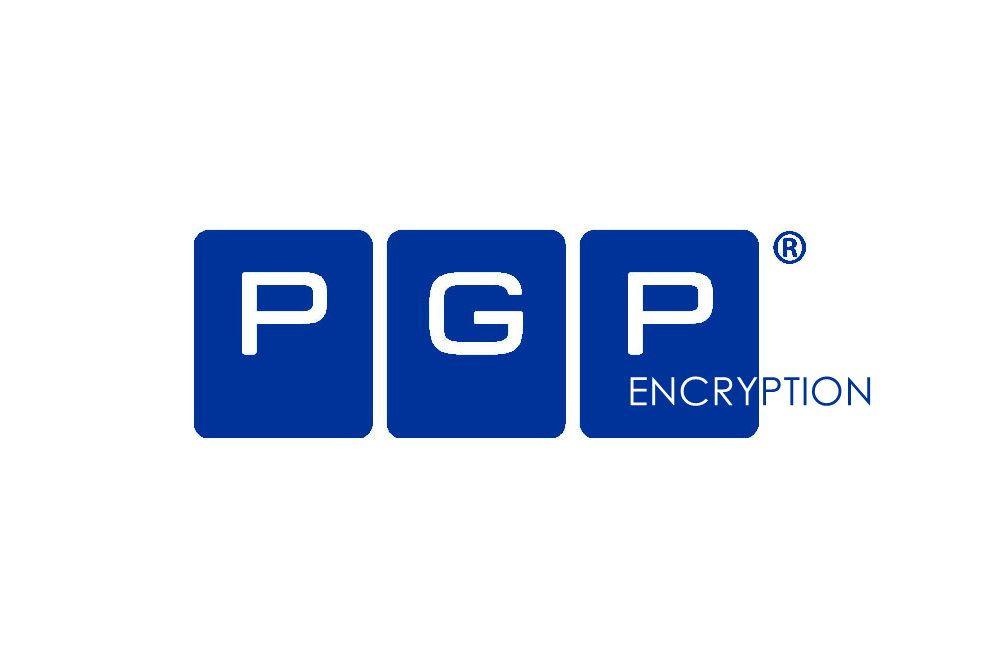PGP Encryption
OpenPGP is the most widely used email encryption standard. It is defined by the OpenPGP Working Group of the Internet Engineering Task Force (IETF) as a Proposed Standard in RFC 9580. OpenPGP was originally derived from the PGP software, created by Phil Zimmermann.
In short, we recommend GPG Tools for MacOS and Gpg4Win for Windows users on PC. And here you can find a guide for GPG Tools on MacOS.
Windows
- Claws Mail
- Delta Chat
- eM Client
- EverDesk
- Outlook:
- Postbox using Enigmail
- SecureMyEmail
- The Bat!
- Thunderbird:
Mac OS
Android
iOS
Linux
Browser Plugins
Two Main Ways to Handle Encryption
Back in the old days, if you wanted to keep a document secret, you might scramble the text with a code and then toss the original into a fire—or just lock it in a safe. Modern encryption tools take a similar approach, just with way more tech.
There are two common methods used in encryption tools today:
File/Folder Encryption
Some tools take your files or folders and turn them into locked-down, unreadable versions of themselves. They’re still there, just completely scrambled until you unlock them.
Virtual Drive Encryption
Others create a virtual drive on your computer that works just like a regular folder when it’s open. You can move files in and out, edit them, whatever. But once you “lock” it, everything inside becomes totally sealed off—no peeking without the right password or key.
Some tools even store your encrypted files in the cloud, which can be super convenient—but also riskier. Cloud storage means more chances for someone to try and access your stuff, so be extra cautious with that option.
So, which method is better? It really depends on what you’re trying to do. The good news is that many of these tools are either completely free or offer a free trial. Try a few out and see what fits your needs best.
Encryption Algorithms
An encryption algorithm is like a black box. Dump a document, image, or other file into it, and you get back what seems like gibberish. Run that gibberish back through the box, with the right password, and you get back the original.
The US government has settled on Advanced Encryption Standard (AES) as a standard, and all the products gathered here support AES. Even those that support other algorithms tend to recommend using AES.
If you’re an encryption expert, you may prefer another algorithm, Blowfish, perhaps, or the Soviet government’s GOST. For the average user, however, AES is just fine.

